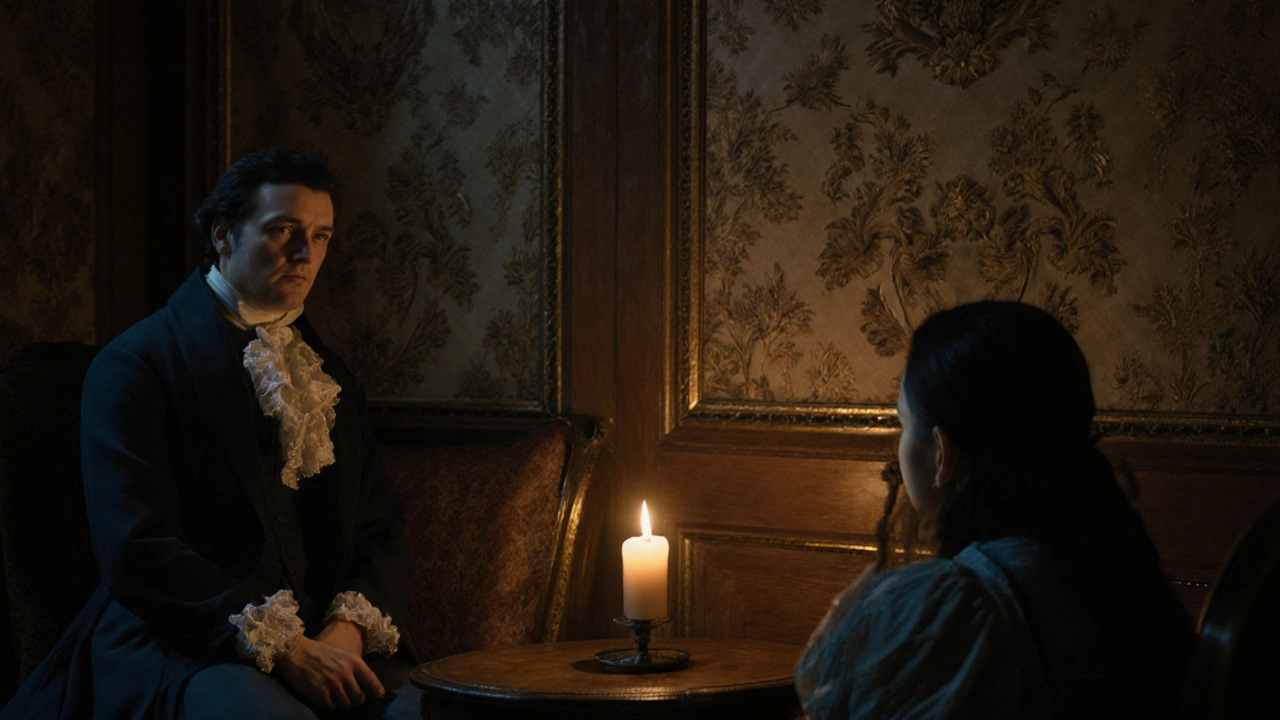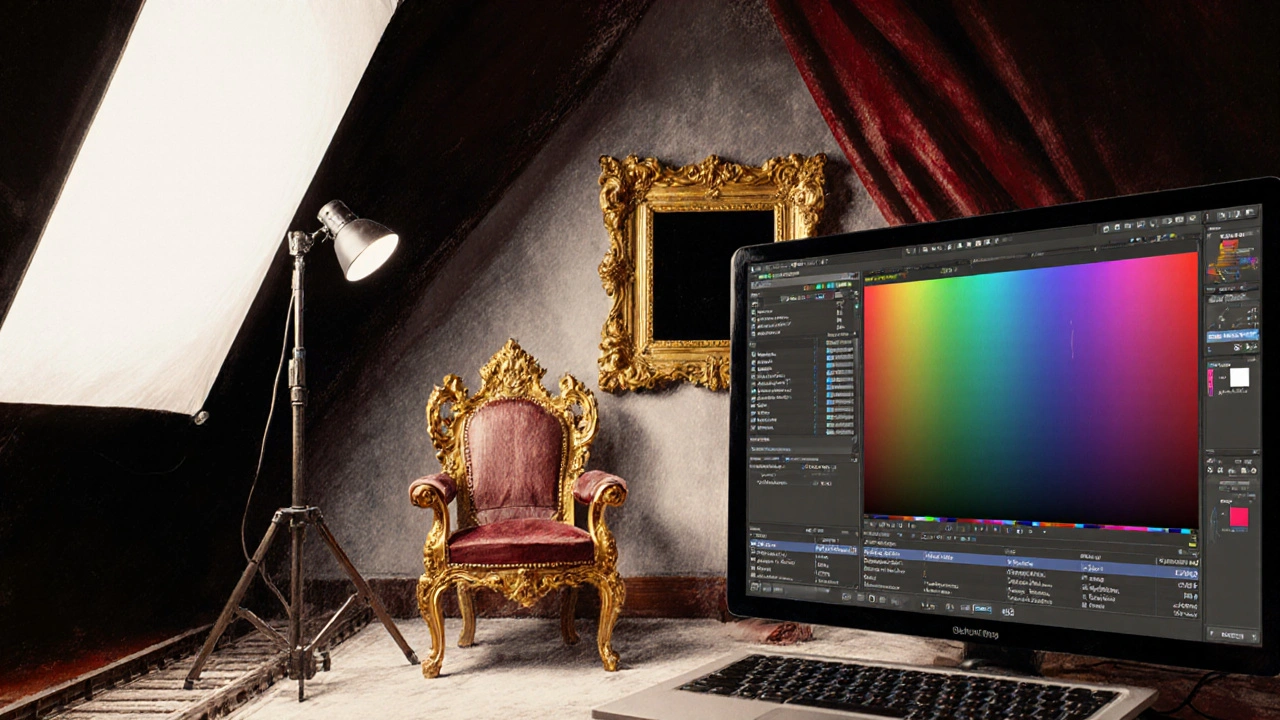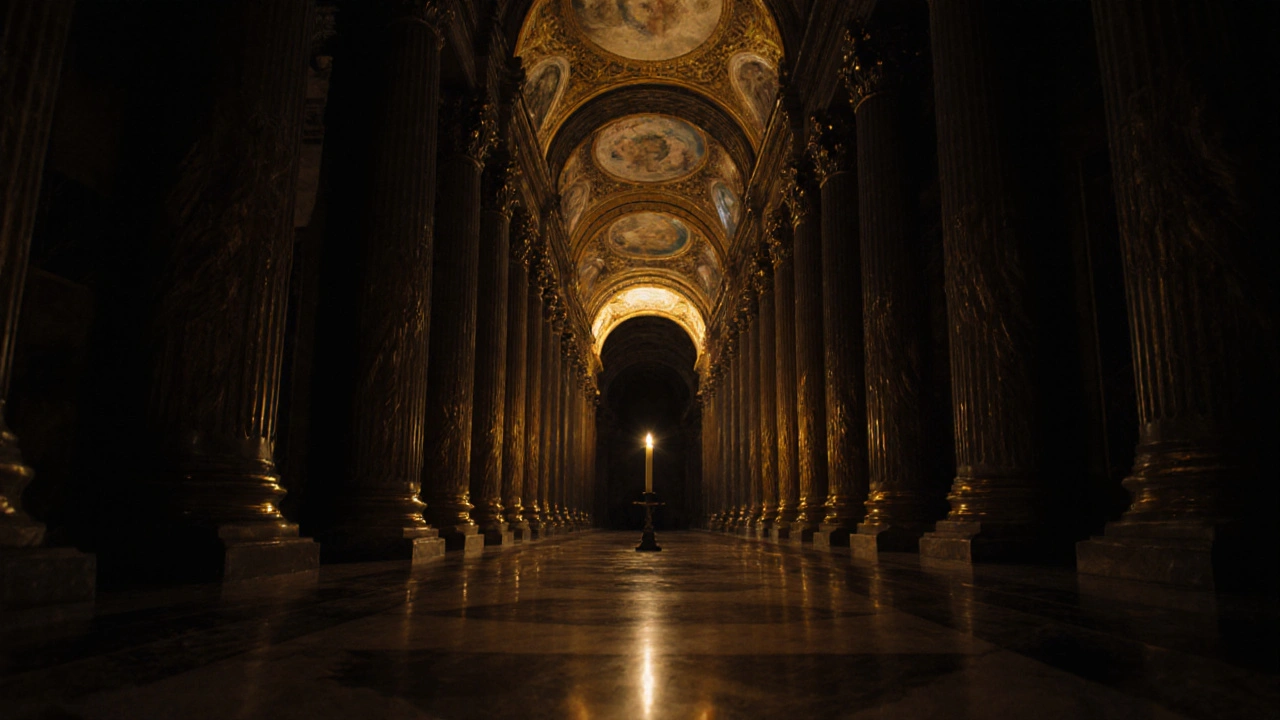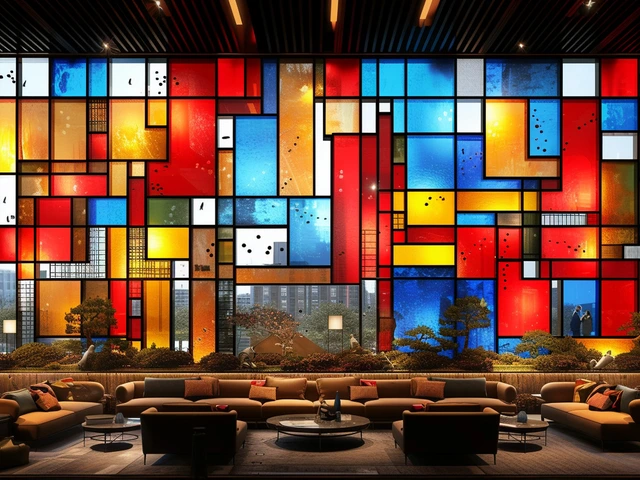Baroque Film Style Checker
Scene Analysis Tool
Answer the following questions to see if your scene could benefit from a Baroque aesthetic. Each 'yes' adds one point towards a Baroque recommendation.
Answer the questions above to see if your scene could benefit from a Baroque aesthetic.
Quick Takeaways
- Baroque’s high contrast lighting and lavish composition create instant visual drama.
- Directors like Peter Greenaway and Guillermo del Toro use Baroque tricks to heighten emotion.
- Key films - Barry Lyndon, Crimson Peak, Pan's Labyrinth - showcase Baroque influences.
- To add a Baroque feel, focus on chiaroscuro, ornate sets, and a musical score that swings between the delicate and the bombastic.
- A short checklist at the end helps you decide if a scene needs a Baroque boost.
What Is Baroque?
When filmmakers tap into Baroque is a European artistic movement from the early 17th to mid‑18th century known for dramatic flair, intense contrast, and lavish detail, they bring a visual punch that can turn a simple scene into a masterpiece. The style sprang from the Counter‑Reformation, aiming to move viewers with emotion rather than calm rationality. Typical hallmarks include sweeping motion, strong chiaroscuro (light‑and‑dark contrast), ornate architecture, and a sense that every element wants to be seen.
Because Baroque thrives on excess, it feels natural on the big screen where every frame can be a painting. Think of a candle‑lit cathedral hallway where shadows dance across gilded columns - that’s Baroque in a nutshell.
How Baroque Migrated to the Silver Screen
The first hints of Baroque landed in silent cinema through elaborate set pieces and exaggerated acting. German expressionists, though more gothic, borrowed the high‑contrast lighting that Baroque masters like Caravaggio famous for his dramatic use of chiaroscuro perfected in the 1600s.
In the 1970s, directors began naming the influence outright. Peter Greenaway British filmmaker known for visual extravagance called his aesthetic "Baroque cinema" in interviews, celebrating over‑the‑top set design and theatrical framing. Since then, the style has been a toolkit for directors who want to make a scene feel larger than life.
Modern technology only amplifies Baroque possibilities. CGI lets designers recreate Baroque architecture down to the tiniest scroll, while digital color grading replicates the golden‑hued glow of oil‑painted canvases.

Signature Films That Wear Baroque Like a Coat
Below are a handful of movies where Baroque isn’t an afterthought - it’s the visual backbone.
- Barry Lyndon (1975) - Stanley Kubrick used natural candlelight to mimic the soft, diffused glow of 18th‑century portraiture. The result feels like a moving Caravaggio canvas.
- Crimson Peak (1985) - director Guillermo del Toro Mexican filmmaker famous for gothic visual storytelling layered saturated reds, twisted staircases, and dramatic shadows to create a haunted Baroque palace.
- Pan's Labyrinth (2006) - Guillermo del Toro again, this time balancing fairy‑tale whimsy with stark, chiaroscuro‑lit battle scenes that echo Baroque battle paintings.
- Amadeus (1984) - Miloš Forman infused the film’s Viennese opera houses with gilded columns, ornate costumes, and sweeping camera moves that echo Baroque opera.
- The Grand Budapest Hotel (2014) - Wes Anderson’s pastel‑washed interiors borrow Baroque symmetry and decorative excess, though filtered through a modern, dead‑pan lens.
Each of these movies uses at least three Baroque traits - dramatic lighting, elaborate set design, and a sense of theatrical grandeur - to pull the viewer deeper into the story.
Directors Who Speak the Baroque Language
Beyond the examples above, several auteurs have built a reputation on Baroque‑infused storytelling.
- Peter Greenaway British director known for painterly compositions - films like The Cook, the Thief, His Wife & Her Lover blend bright, saturated palettes with meticulously staged tableaux.
- Federico Fellini Italian director famous for surreal, carnival‑like imagery - 8½ and Satyricon swirl with ornate costumes and dramatic camera swoops.
- Nicolas Roeg British filmmaker noted for fragmented narratives - The Man Who Fell to Earth uses stark light contrast reminiscent of Baroque chiaroscuro.
What they share is a love for visual storytelling that feels like a living painting. When you watch their work, you can almost hear the echo of a Baroque orchestra in the background.
Baroque Elements You Can Borrow for Your Own Film
Want to give a scene a Baroque vibe without a massive budget? Here are five concrete tricks.
- Chiaroscuro lighting: Use a single hard light source (like a practical lamp or candle) and let the rest fall into deep shadow. Position the light at a steep angle to highlight texture.
- Ornate set pieces: Even a small prop, such as a gilded frame or carved wooden chair, can suggest a larger Baroque environment. Look for items in thrift stores with intricate detailing.
- Dynamic camera movement: Replace static shots with slow dolly pushes or crane lifts that reveal the full opulence of the set, echoing the sweeping gestures of Baroque frescoes.
- Music that swings: Pair the scene with a baroque‑inspired score - think harpsichord arpeggios mixed with modern strings - to underline the visual drama.
- Bold color grading: Push reds, golds, and deep blues in post‑production to mimic the rich pigment palettes of 17th‑century oil paintings.
Combine three or more of these tricks and you’ll instantly give a modest scene the gravitas of a cathedral fresco.

Baroque vs. Rococo: A Quick Comparison for Filmmakers
| Aspect | Baroque Traits | Rococo Traits |
|---|---|---|
| Lighting | High contrast, dramatic shadows | Soft, pastel illumination |
| Set Design | Heavy ornamentation, grand arches | Delicate scrollwork, lightness |
| Camera Movement | Slow, sweeping reveals | Playful, quick pans |
| Music | Bold orchestral, minor keys | Light harpsichord, major keys |
| Emotional Tone | Intense, sometimes tragic | Whimsical, flirtatious |
If your story needs tension, go Baroque. If it calls for light‑hearted flirtation, Rococo might be a better fit.
Checklist: Does Your Scene Need Baroque Flair?
- Is the emotional stakes high enough for drama?
- Do you have access to at least one ornate element (prop, costume, backdrop)?
- Can you control lighting to create strong dark‑light contrast?
- Will a sweeping camera move add narrative value?
- Is there a musical moment that could benefit from a baroque‑style score?
Answer yes to three or more, and you’ve got a solid base to layer Baroque aesthetics on top.
Frequently Asked Questions
What defines Baroque visual style in film?
Baroque film style leans on dramatic lighting (chiaroscuro), lavish set design, dynamic camera moves, and music that swings between calm and intense. The goal is to overload the senses in a controlled way.
Can low‑budget productions still achieve a Baroque look?
Absolutely. Focus on lighting tricks (single‑source illumination), borrow ornate props from thrift stores, and use color grading to boost richness. You don’t need a full‑scale palace to convey Baroque drama.
Which directors are most associated with Baroque cinema?
Peter Greenaway, Guillermo del Toro, Federico Fellini, and Nicolas Roeg are regularly cited for their Baroque‑heavy visual language. Their filmographies are a good place to start when studying the style.
How does Baroque differ from Rococo in movies?
Baroque favors stark contrast, heavy ornament, and intense emotion. Rococo leans toward pastel lighting, light decorative details, and a breezier, playful mood. The comparison table above spells out the main differences.
Is Baroque still relevant in contemporary cinema?
Yes. Modern directors use digital tools to amplify Baroque aesthetics, and streaming platforms have revived interest in period dramas that rely on visual grandeur. The style remains a powerful way to heighten drama.



